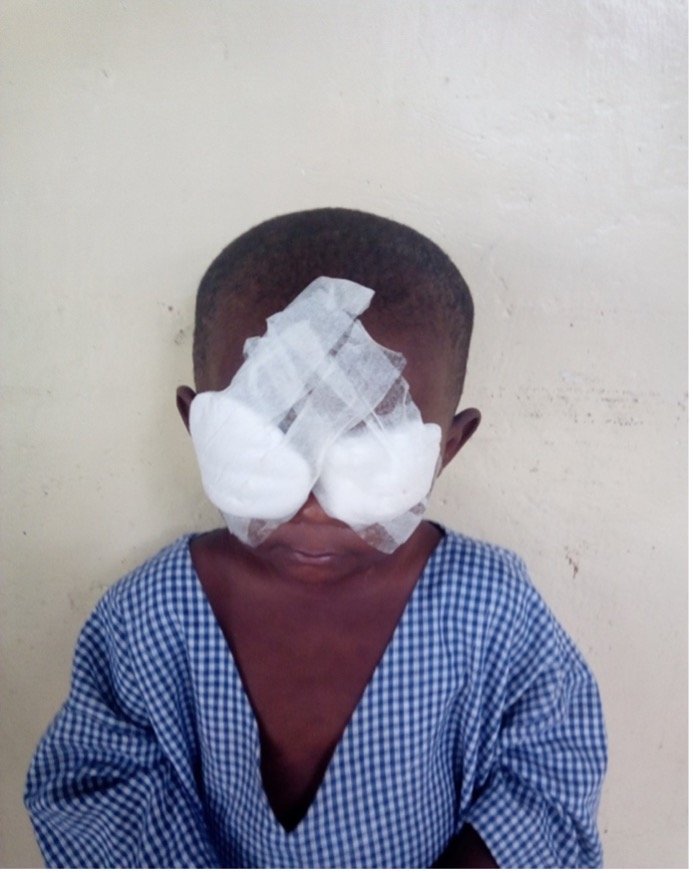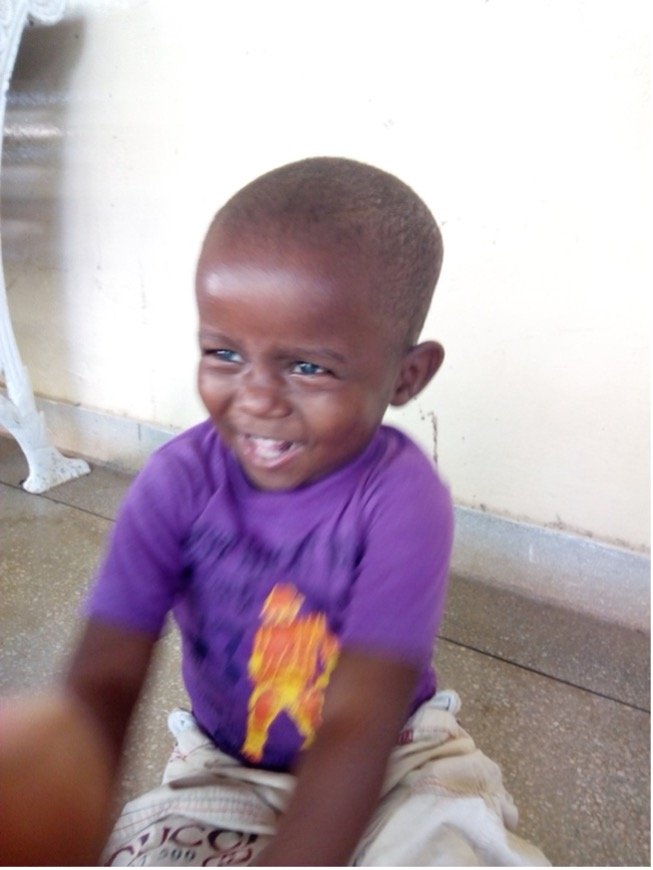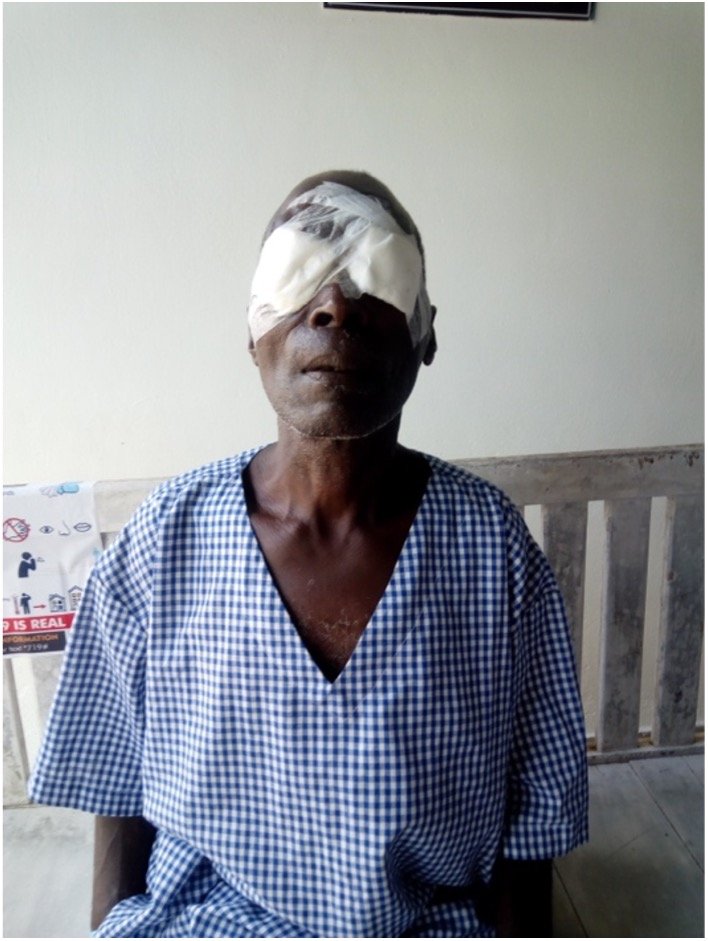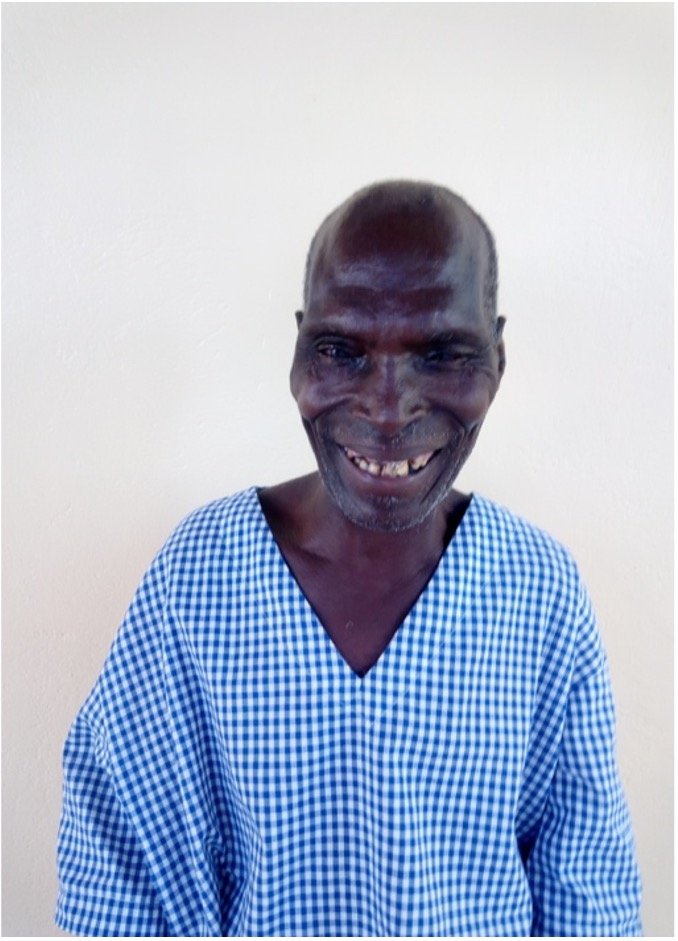Right to sight
Who: Right to sight Norge
What: Educating eye health personell in Africa
Where: Africa
Project period: 2022-2025
Web: Right to sight
Needless blindness is a large problem in Africa
More than 1 billion people suffer from needless blindness or low vision due to lack of treatment options. It’s estimated that 800 million of these people suffer from the need of glasses. The second most frequent cause of needless blindness is due to cataract which amounts to more than 40% of all cases. In lack of an operation cataract leads to blindness, and many years of unproductivity and reduced quality of life. In Norway and other western countries, cataract affects the older part of the population. In developing countries cataract affects all generations, and congenital cataract is not scarce. Children that are affected need to be operated before the age of 6, in order to prevent permanent loss of sight.
Kenya’s national strategy plan for eye health 2020-2025 proposes that 15,5% of the population will need qualified eye healthcare services in this time period. With a population of more than 50 million people, this implies a high demand for eyecare services. United Nations had a goal in “Vision 2020” to increase the number of cataract operations by 3000 per 1 million residents. Kenya has now in comparison reached 800 operations per 1 million residents. The main reason being the lack of eye surgeons. There are only 3 eye surgeons per 1 million residents, and 80% of them are located in the Nairobi area. Only qualified eye surgeons can perform cataract surgeries. In need to become a qualified eye surgeon you need training and practice with patients.
About Right to Sight
Right to Sight has supported the training of ophthalmologists and other eye surgeons, OCOs (ophthalmic clinical officers), with aim to eliminate needless blindness in Kenya since 2011. To date, 43 eye surgeons have been trained in the surgical technique SICS (small incision cataract surgery), which is used to operate cataracts. The operation is both time and cost efficient, it takes 10 minutes, and the cost is NOK 250 in a high-volume model. Whilst under simultaneous training, the cost is NOK 550.
Right to Sights is based on a simple principle. During our training, poor people are provided surgery for free. Since 2013, 4000 people have regained their sight through these trained surgeries.
Right to Sight collaborates with clinics and hospital established in rural areas. For the past 3 years we have supported Kwale Eye Centre, an eye clinic run by a highly qualified, dedicated and renowned ophthalmologist, Dr. Helen Roberts.
Training of eye surgeons
Dr. Roberts has a strong focus on training colleagues, and every year candidates from Kenya medical training college and Jomo Kenyatta University Training Center come to be trained at Kwale Eye Centre. Most of them are OCOs, an education equivalent to the education of a nurse, specializing solely in eye diseases. Also, ophthalmologists from the University of Nairobi in need of surgical practice and guidance come to the clinic for shorter or longer periods of time. Not long ago, a doctoral thesis has been completed with material from the Kwale Eye Centre.
Kenya´s Ministry of Health has approved of eye surgery as a part of the training of OCOs, as most of them continue to work in rural areas, Dr. Roberts aims to give them a broad training in eye care for them to work independently. This training is vital for the candidates to identify, treat or when needed, refer patients to more central eyecare clinics for treatment.
Dr. Roberts has a very effective teaching program with bed-side teaching in combination with training in "wet lab" (teaching on the big screen and surgical training on animal eyes).
Sustainable eye health services
Further training of eye surgeons and ensuring that they remain in the local community will lead to a sustainable approach to reducing needless blindness and low vision. This is the core of Right to Sights' work.
"In order to reduce needless blindness, we must focus and prioritize the education and training of ophthalmologists and eye health professionals, which is the very core of our work. This provides a sustainable product. In our work, training of colleagues is always ongoing to ensure transfer of skills. " - Trine Jacobsen, MD and founder of Right to Sight Norway.
Related projects
PROJECTS FROM OUR FIVE PRIORITY AREAS
All · Children & youth · Music & culture · Health & research · Climate action · Social impact investment










